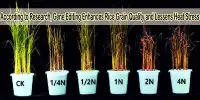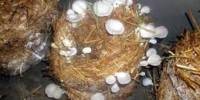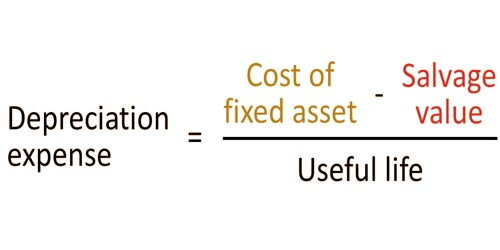A study conducted by experts from the Oregon State University College of Engineering reveals that newly planted vegetation on coastal sand dunes can speed up erosion from strong waves.
The authors point out that the results go against the widely held belief that vegetation always functions to prevent erosion on dunes, the first line of storm defense for some of the most ecologically significant and economically valuable landscapes in the world.
The experiments involved building beach dune profiles 70 meters long and 4.5 meters high and subjecting them to storm waves in a 104-meter-long flume at OSU’s O.H. Hinsdale Wave Research Laboratory.
Before beginning wave testing, researchers grew coastal switchgrass, a common dune plant scientifically known as Panicum amarum, within the flume for six months.
“This project required the participation of five principal investigators from different universities nationwide, about 10 coastal scientists and 15 grad students working together in our large wave flume for almost nine months,” said Pedro Lomonaco, director of the wave research lab.
“Various instruments measured the wave conditions, sediment transport, underground water level changes, beach profile evolution and relevant metrics. The experiments we conducted represent a landmark for testing at a large scale.”
We still need to learn more about how different levels of vegetation establishment influence coastal dune vulnerability to wave-driven erosion, but this work is an important step toward understanding the role vegetation plays.
Professor Meagan Wengrove
Findings of the study were published today in Science Advances.
According to Meagan Wengrove of Oregon State, the study is essential because communities along the US coastline are constantly seeking to build bigger and more durable dunes in an effort to protect themselves from hurricanes.
The size, density, and diversity of vegetation are correlated with reduced erosion, according to the body of existing dune research, however these studies have only looked at relatively minor wave events across time periods measured in minutes.
“In our research we found that a newly planted coastal dune that does not have a very established root structure scarped faster than a bare dune with the same sand size and compaction,” said Wengrove, assistant professor of civil and construction engineering.
A sand dune or other hillside will scarp when it erodes into a steep, vertical or nearly vertical shape. A scarred dune is unstable by nature, endangering nearby buildings and roads as well as the ecosystems in the area.
“We still need to learn more about how different levels of vegetation establishment influence coastal dune vulnerability to wave-driven erosion, but this work is an important step toward understanding the role vegetation plays,” she said.
In a severe storm event, vegetation first offered a physical barrier to wave energy, but it also enhanced water penetration into the sediment bed, which led to destabilization and accelerated scarp formation, according to the research team led by Texas A&M University’s Rusty Feagin.
“Once a scarp forms, the erosion accelerates even more,” Wengrove said.
Oregon State doctoral student Hailey Bond and researchers from the University of Delaware also took part in the study, which was funded by the National Science Foundation.
















